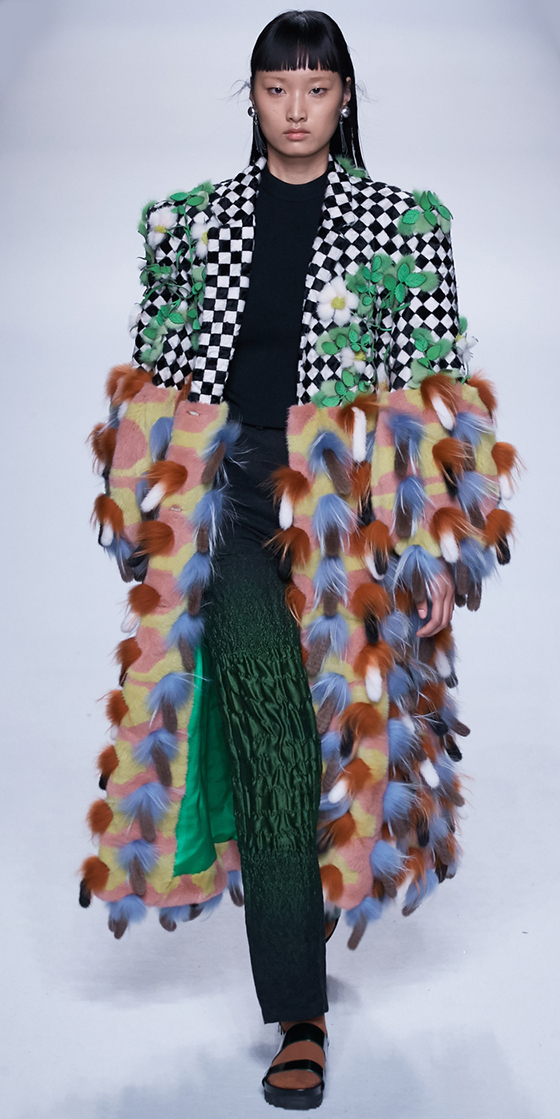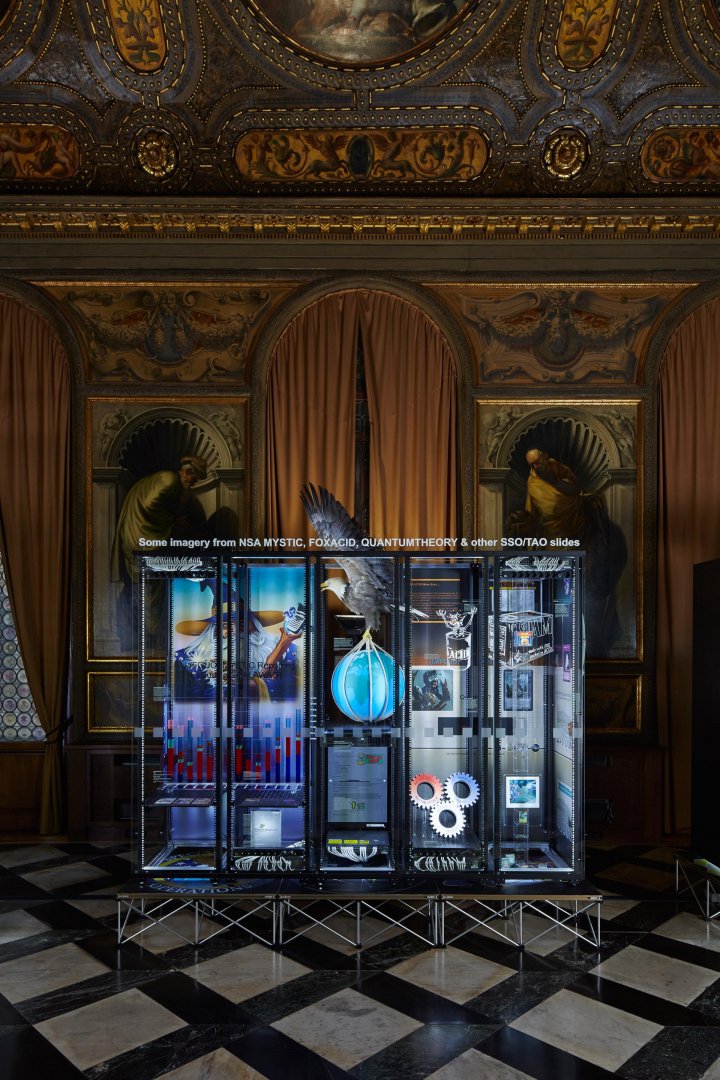
Shu Lea Cheang
Avatar of the artist
Taiwan in Venice 2019
“For those who don’t know her, Shu Lea Cheang is a figure of Net art and the cyberfeminist movement that emerged in the 1990s. Living in New York at the time, she was also an active member of the activist video collective Paper Tiger Television (as was French filmmaker Nathalie Magnan). Since then, Cheang’s work has dealt with “concerns including sex, futures, gender, ecology, money, media, and food [to] encompass film, installation, online work, social processes, and direct intervention in the sociopolitical, technical and aesthetic systems, and the imaginaries which co-compose them,” writes Matthew Fuller










